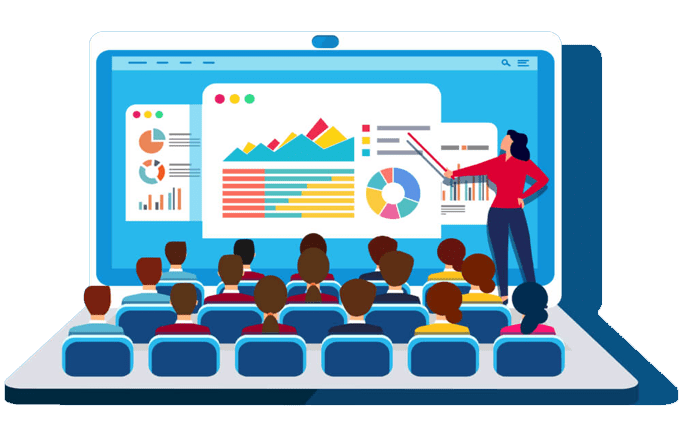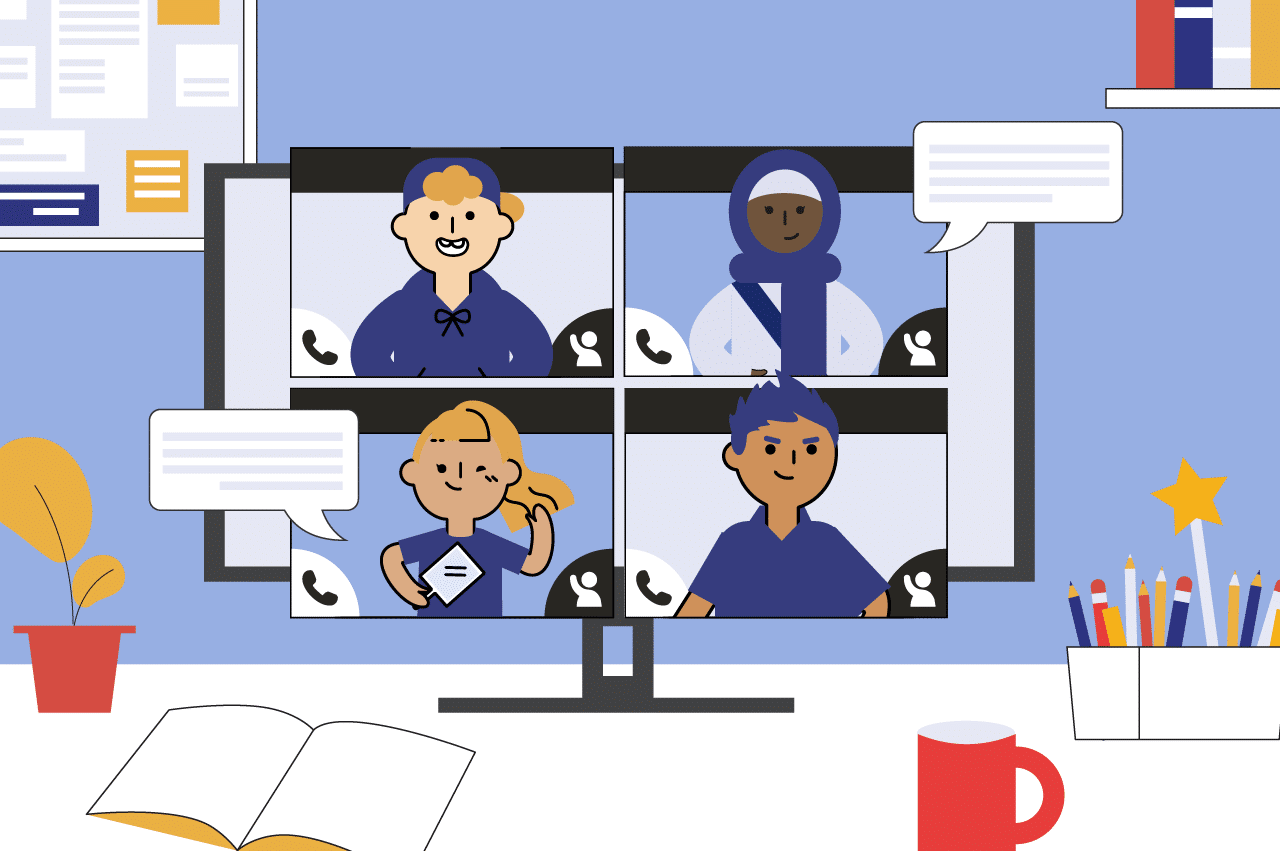Navigating the Digital Classroom: Tips for Teachers New to EdTech
Welcome to the era of the digital classroom! With technology becoming an integral part of education, navigating the digital landscape can seem like a daunting task, especially for teachers who are new to educational technology (EdTech). However, fear not! In this blog post, we'll provide you with some practical tips and strategies to help you navigate the digital classroom with confidence and ease.
1. Start with the Basics
If you're new to EdTech, it's essential to start with the basics. Familiarize yourself with commonly used digital tools and platforms such as Google Workspace (formerly G Suite), Microsoft Office 365, and learning management systems (LMS) like Google Classroom or Moodle. Explore their features and functionalities to understand how they can enhance your teaching and streamline classroom management tasks.
2. Take Advantage of Professional Development Opportunities
Take advantage of professional development opportunities to build your skills and confidence in using EdTech. Many schools and districts offer workshops, training sessions, and online courses specifically tailored to help teachers integrate technology into their teaching practice. Additionally, there are numerous online resources, webinars, and communities where you can learn from experienced educators and share best practices.
3. Start Small and Be Patient
When incorporating EdTech into your teaching, start small and gradually build your confidence and expertise over time. Don't feel pressured to use every digital tool or platform available; instead, focus on integrating one or two tools that align with your teaching goals and objectives. Be patient with yourself and your students as you navigate the learning curve together.
4. Collaborate with Colleagues
Collaborate with your colleagues to share ideas, resources, and best practices for integrating EdTech into the classroom. Peer collaboration can provide valuable insights and support as you explore new technologies and instructional strategies. Consider forming a professional learning community (PLC) or joining online communities where you can connect with other educators who share similar interests and goals.
5. Involve Students in the Learning Process
Involve your students in the learning process by empowering them to explore and experiment with EdTech tools and platforms. Solicit their feedback and input on how technology can enhance their learning experience, and encourage them to become active participants in digital projects and activities. By involving students in the decision-making process, you can create a more student-centered and engaging classroom environment.
6. Stay Organized and Set Clear Expectations
Maintain organization in your digital classroom by establishing clear routines, workflows, and expectations for using EdTech tools and platforms. Communicate these expectations to your students and provide them with guidance and support as needed. Establish protocols for submitting assignments, participating in online discussions, and accessing digital resources to ensure a smooth and efficient learning experience for everyone.
7. Be Flexible and Adapt to Change
Be flexible and willing to adapt your teaching approach based on feedback, student needs, and technological advancements. Embrace new technologies and innovative instructional strategies that can enhance student engagement and learning outcomes. Remember that technology is constantly evolving, so don't be afraid to try new things and iterate on your methods to better meet the needs of your students.
Conclusion
Navigating the digital classroom as a teacher new to EdTech may seem overwhelming at first, but with the right mindset and strategies, you can successfully integrate technology into your teaching practice and create engaging and effective learning experiences for your students. Start with the basics, take advantage of professional development opportunities, collaborate with colleagues, involve students in the learning process, stay organized, and be flexible and adaptable to change. By embracing technology as a tool for innovation and enhancement, you can transform your classroom into a dynamic hub of digital learning and exploration.


Comments
Post a Comment